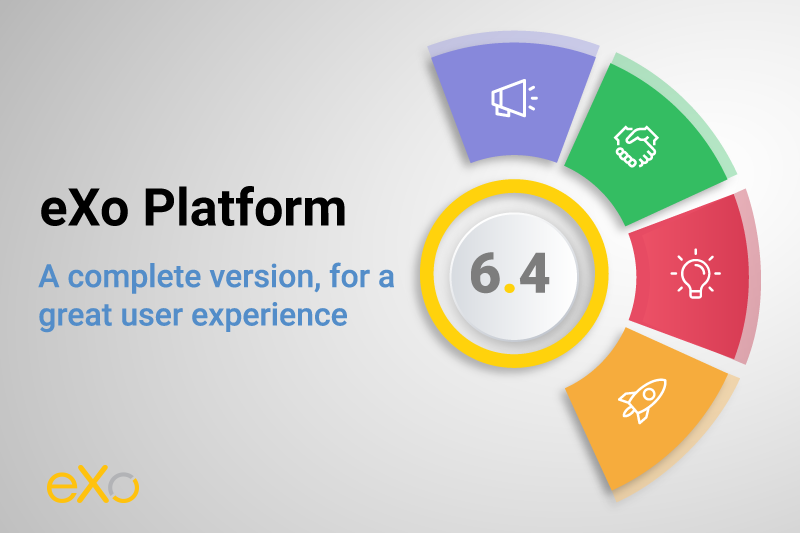- Brahim Jaouane
- April 28, 2016
5 Ways Information Technology Can Help in the Digital Era
We are certainly in an era when more than ever, the digital change fundamentally affects the efficiency and competitiveness of businesses. It affects businesses and their environments, and companies now face the challenge of adapting and evolving in this situation.
Digitizing and adapting part or all of a company’s value chain has disrupted different activity sectors, bringing out new companies and shaking the positions of some others in their markets.

Content
1. Agility as a matter of urgency
The importance of this is well known, especially in the world of IT with numerous articles explaining its benefits. We will explain what we mean here in very broad terms. An agile operation is not restricted to developers or software providers, but it is a framework that is flexible and responsive to rapid changes in a company’s needs and business environment.
Some companies have more difficulty or less interest than others in introducing an exclusively agile mode; thus, some of them have opted for a mixed model. For example, Gartner prescribed a model called “Bimodal IT“. This model is mainly characterized by the coexistence of two operating modes in IT. The first introduces agility and a quick response to business needs with fast-track tasks, while the second focuses on reliability and risk control with long-term plans and highly visible IT operation consistency.

FREE WHITE PAPER
Types of Digital workplace solutions
The modern workplace has evolved significantly in recent years, with advancements in technology, the growing number of tools …
2. Agility in implemented solutions
The solutions a company chooses must also be agile. The implemented platforms and vendors who work with the company must be able to follow its evolution. Therefore, when selecting suppliers, you should probably keep in mind their ability to meet your upcoming requirements and the continuous changes you face.
All selected solutions also must be extensible and scalable in order to quickly respond to changing scopes generated by the business environment and to evolve effectively with your particular business activity.
3. Leveraging the company’s knowledge
In this digital era, information has become an important asset and a competitive advantage for companies. The rise and exponential deployment of data analysis solutions, such big data and BI solutions, show the importance of leveraging information as a valuable asset to a company.
IT must make this information available within the company in a highly accessible, usable way. This begins with implementing an efficient knowledge management system that brings together and sustains this data in the organization. This information should then be centralized and consolidated. For that, the systems set up by IT must all be connected. Interoperability allows the collection and aggregation of company data to enable the best, fastest response to market needs.
4. Introducing solutions for effective communication and collaboration
In addition to leveraging knowledge as described above, optimizing collaboration has become a necessity inside companies. There are many various ways to do this. IT’s challenge here is to provide a digital workplace built for effective collaboration and communication and tailored to the characteristics of modern employees. Today, with the advent of social media platforms such as Facebook and Twitter, the new generation is no longer satisfied with traditional communication tools. Instead, it has become more conditioned to social networking. The opportunity therefore presents itself to IT departments to provide solutions designed with this pressing need in mind.
5. Supervision and “shadow IT”
Scattered IT tools are a CIO’s nightmare, but they are a necessity today. Furthermore, they are multiplying, with an increasing number of them not controlled by IT departments.
Keep in mind that technical skills are developing inside all company departments and that technical teams cannot supervise everything at once, especially in this age, when almost all projects use at least one IT tool. These teams can only take on a certain amount of work. Instead of trying to control all these tools, why not educate key business users? Be open to discussions, and try to make a consulting service providing advice on things like security and risk control available to other departments. That may help minimize risk and consume less valuable time for IT teams, who can then focus on other critical tasks. Social collaboration can serve this cause and help lower training costs, as discussed in another article.
The role of IT is therefore fundamental in the digital era, and technical departments are gradually transforming from merely being service providers for other teams to becoming a key strategic department that actively participates in defining and implementing a company’s strategy, thus helping achieve its goals.
As noted at the beginning of this article, these are just a few examples of IT departments’ roles. If you have experience with other roles, we encourage you to share them with us!
company intranet
- Tags: Digital workplace, Collaboration

Related posts
- All
- eXo
- Digital workplace
- Open source
- Internal communication
- Collaboration
- News
- intranet
- Future of work
- workplace
- Knowledge management
- Employee engagement
- Employee experience
- Employee productivity
- onboarding
- Employee recognition
- Change management
- Cartoon
- Digital transformation
- Infographic
- Remote work
- Sneak Peek
- Solutions
- Thought leadership
- Tips & Tricks
- Tutorial
- Uncategorized



I appreciate your post and love your 5 ways.
I want to read more things about it.Keep writing about information technology.Thanks For sharing.